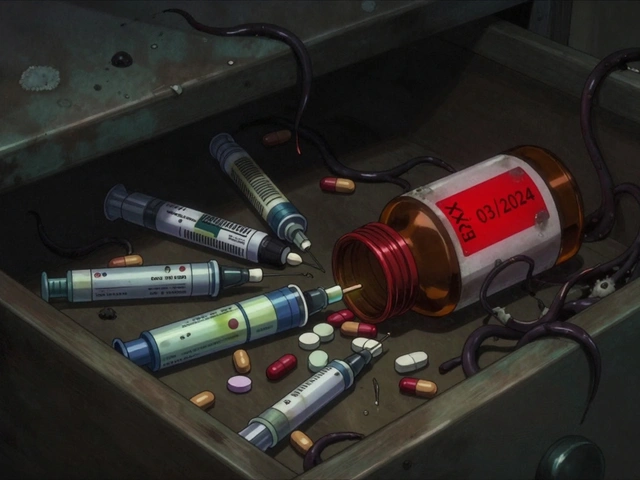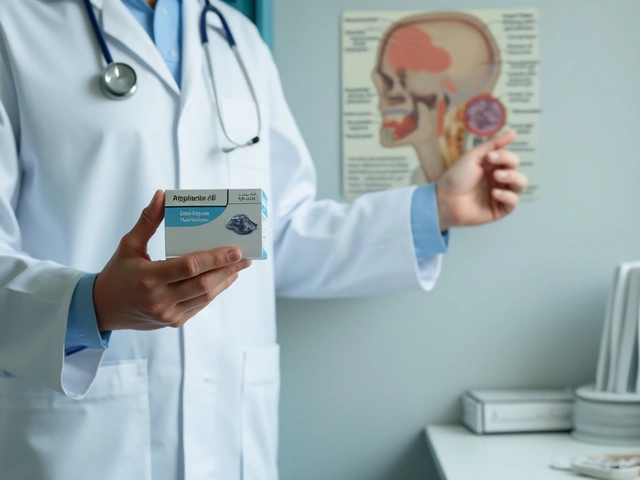Opioid Withdrawal Relief: Real‑World Tips to Feel Better
Going through opioid withdrawal can feel like a roller‑coaster, but you don’t have to ride it blind. Knowing what hits you and how to calm it down makes the whole process a lot less scary. Below are the basics you need right now – no jargon, just things you can start doing today.
What You’ll Actually Feel
Withdrawal shows up in two waves. The first 24‑48 hours bring muscle aches, anxiety, sweating, and a pounding heart. By day three or four you might get nausea, diarrhea, chills, and strong cravings. Most people hit the worst point around day five, then symptoms start to fade. Every body is different, so write down what you notice; that record helps doctors if you decide to get medical support.
Simple Steps to Cut the Discomfort
Stay Hydrated. Dehydration makes shakes and cramps worse. Aim for 8‑10 glasses of water a day, and add electrolyte drinks if you’re losing a lot of fluid.
Eat Light, Nutritious Food. Small meals of broth, bananas, toast, or oatmeal keep blood sugar steady and ease stomach upset. Skip heavy, spicy, or greasy foods until you feel steadier.
Use Over‑the‑Counter Relief. Ibuprofen or acetaminophen can calm muscle pain. Loperamide (Imodium) helps diarrhea, but stick to the recommended dose – more won’t speed up recovery.
Practice Deep Breathing. When anxiety spikes, breathe in for four seconds, hold for four, then exhale for six. It lowers heart rate and gives your brain a quick reset.
Get Some Light Exercise. A short walk or gentle stretching releases endorphins and reduces restlessness. Don’t push hard; the goal is to move, not to exhaust.
Sleep Smart. Nighttime can be rough, so create a dark, cool room, and limit screen time before bed. If you can’t fall asleep, try a warm shower or a calm playlist.
Lean on Support. Call a friend, join an online forum, or talk to a counselor. Sharing how you feel cuts isolation and often brings useful tips from people who’ve been there.
Consider a Taper Plan. If you can, slowly reduce your dose instead of stopping cold. Even a 10‑20 % cut per week can shave off many withdrawal peaks.
Know When to Call a Doctor. Severe vomiting, high fever, rapid heart rate, or thoughts of self‑harm mean it’s time for professional help. Medication‑assisted treatment like buprenorphine or clonidine can make the worst symptoms manageable and is safe when supervised.
Remember, withdrawal is a sign your body is resetting. The discomfort is real, but it’s also temporary. By staying hydrated, eating right, using gentle over‑the‑counter meds, and reaching out for help when needed, you give yourself the best shot at a smoother ride. You’ve got this, and every day you push through is a step toward lasting recovery.

Opium Antidote Review: The Dietary Supplement Redefining Opioid Recovery
Discover how Opium Antidote, a cutting‑edge dietary supplement, helps ease opioid withdrawal, the science behind its ingredients, and practical tips for safe use.




